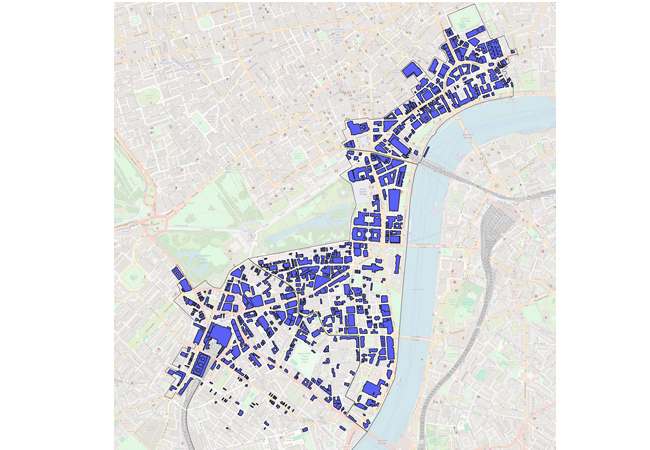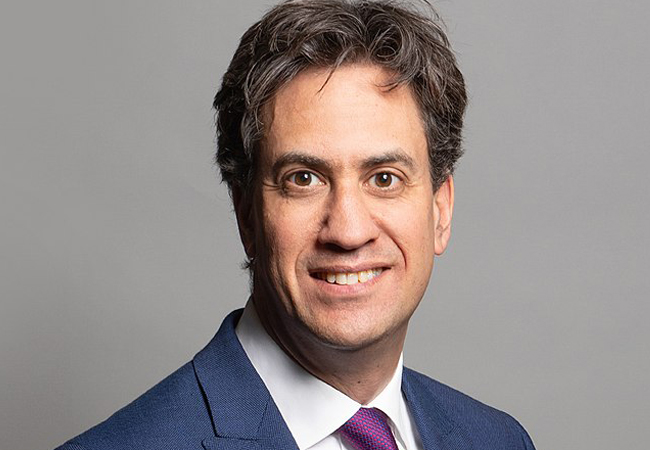
Plans have been unveiled for one of the UK’s biggest heat networks, spanning a large swathe of central London.
The South Westminster Area Network (Swan) is designed to serve a large area of the capital’s city centre, running along the River Thames from Victoria railway station to Temple Underground Station near the Strand, bounded by St James’s Park.
It could serve landmark buildings such as the Houses of Parliament and the National Gallery, as well as buildings owned by Westminster City Council and the government.
The heat network would supply low carbon heating using innovative sources such as piping warmth from the London Underground, the Thames and the sewer network.
Heat would be distributed across the network via underground, insulated pipes filled with hot water. The network zone is one of a number being established across England that have been targeted for accelerated investment into heat network infrastructure.
The network is expected to save 75,000 tonnes of CO2 every year, create 500 jobs, improve local air quality by reducing nitrogen oxides emissions by 99%, and create 100 opportunities for UK businesses.
Swan was the idea of the Department for Energy Security and Net Zero (DESNZ) and Westminster City Council. The Swan Partnership, a joint venture between heat network developers Hemiko and Vital to funding, build and operate the heat network. The partnership is being supported by the London Heritage Quarter and Aecom.
It plans to invest £100m within three years, rising to £500m within a decade and £1bn by 2050, into what will become one of the UK’s biggest heat networks.
However, the network plans have sparked controversy with some residents, who bought ex-Westminster Council flats, They claim that they could have to pay up to £66,000 as part of work that will replace their ageing district heating system.
Miatta Fahnbulleh, minister for energy consumers at DESNZ, said: ‘Taking waste heat from the River Thames and London Underground to heat such iconic places as the Houses of Parliament and the National Gallery is a really exciting example of what lies ahead on our journey to low-cost, low carbon heating.’




